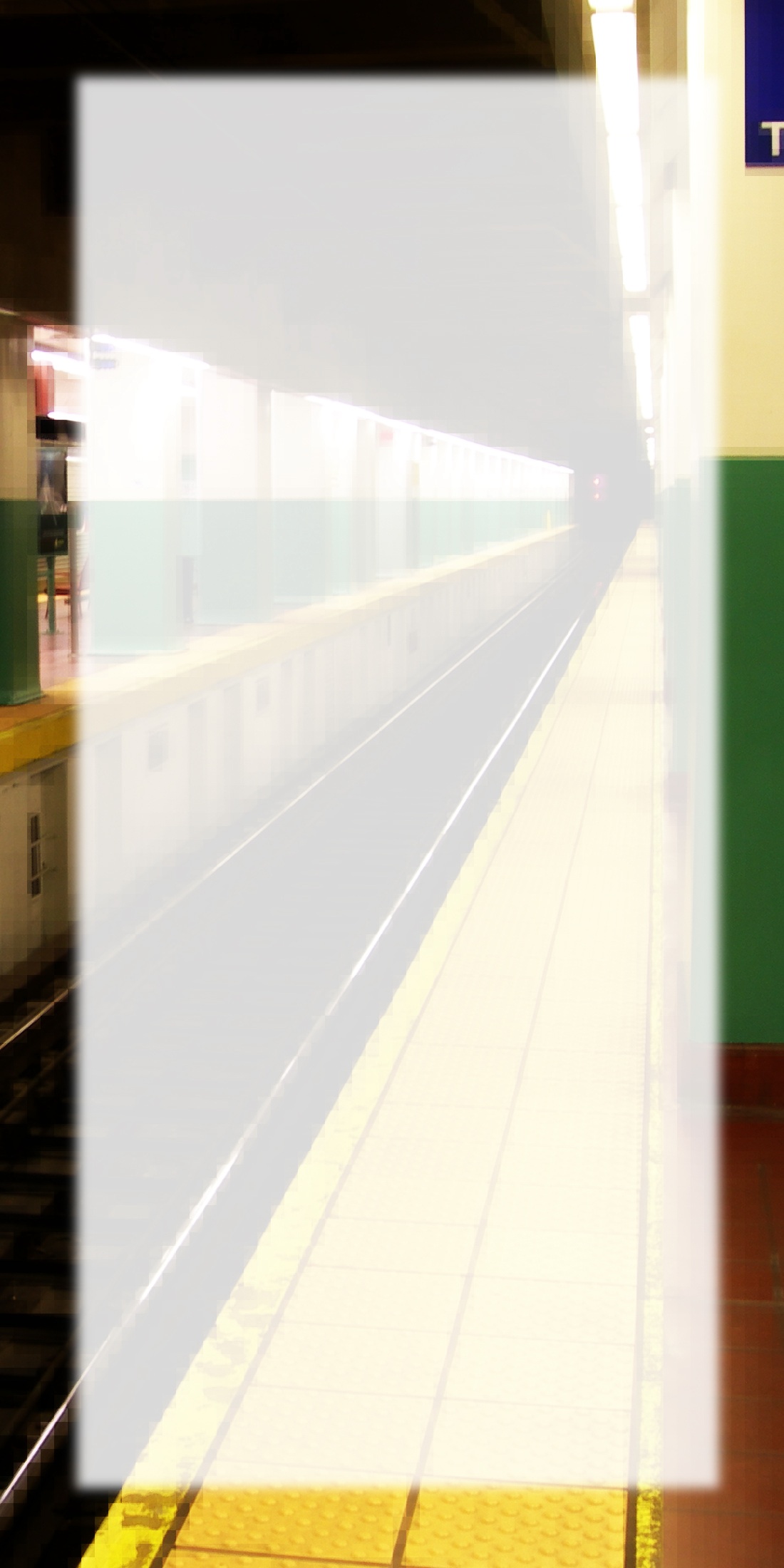Discrepancies Between Art Historical and Psychoanalytic Interpretations of Avant-Garde Painting: Fry and Greenberg contra Balint and Fairbairn by Donald Kuspit
Nonetheless Greenberg’s differentiation of the expressive and literal order of effects affords esthetic clarity, even if it may not make ultimate esthetic sense. Thus he writes: “the great masters of the past achieved their art by virtue of combinations of pigments whose real effectiveness was ‘abstract,’ and...their greatness is not owed to the spirituality with which they conceived the things they illustrated so much as it is to the success with which they ennobled raw matter to the point where it could function as art.”(10) Again: “Every fresh and productive impulse in painting since Manet, and maybe every such impulse before Manet, has repudiated received notions of unity and finish--has manhandled into art what seemed until then too intractable, too raw and accidental, to be brought within the scope of aesthetic purpose. This extension of the possibilities of the medium...is an integral factor in the exaltation to be derived from art.”(11) Aware sensitivity to the medium, stimulated by its handling, is for Greenberg the esthetic core of art. It is the source of what he calls the “plenitude of presence” and “exhilaration” in fine art--art that refines the material medium so that it makes esthetic sense. As he writes, there is more so-called “’human interest’” in “physical presence,” that is, “in the concreteness of color and shape relations...than in the extra-pictorial references of old-time illusionistic art.”(12)
Psychoanalytically one might argue that Van Gogh was a somewhat touchy character, as apparently he was, or that his brushwork adds what Hanna Segal calls “punch” to the representation. But I think something more is at stake, something Fairbairn and Balint have picked up on without comprehending its esthetic and art historical import. Van Gogh’s brushwork disrupts the representation, bringing it into question. The very idea of picturing an object is at stake in his handling. The implication is that there is no adequate way of doing so, let alone of making a perfect picture. Mimesis does not work--and from its ruin, which is what we see in Van Gogh’s painting, and more explicitly in Cézanne’s late paintings--abstraction emerges. That is, we begin to glimpse the formal facts of the representation, and the medium in which they are inscribed, and whose handling makes it a convincing illusion--an insightful representation of a carefully observed object--by giving it esthetic meaning. Finally the picture gives way--collapses in on itself--and what remains is pure form, that is, non-objective sensation and non-objective feeling, as Kandinsky and Malevich called it, which they thought were indistinguishable--incomprehensibly concrete form, all the more so because ineffable and unnamable, so that it can only be contemplated and enjoyed, as both Fry and Greenberg say.
What Fairbairn and Balint mark with their emphasis on the sadistic and anal-sadistic tendencies in modern art is the defining moment when the destruction of object-representation moved into high gear. It is the revolutionary moment--a moment available only to a modern sensibility--when artists realized that representation is unreliable and untrustworthy and as such unavoidably “surreal.” Fairbairn and Balint may have preferred “old-time illusionistic art,” as Greenberg called it--the kind of art that Freud also preferred--and their “standard taste” may have been “offended by what looks like undue looseness,” and may have “mistake[n] a new spontaneity and directness for disorder”(13)--indeed, mental disorder. But they unwittingly put their psychoanalytic finger on a decisive period in Western art and art history: the time when object-representation became absurd and problematic, and abstraction--and I remind you that Surrealism became explicitly abstract with Miró, and that Breton regarded Picasso’s Cubism as a species of Surrealism--became the path to true art, that is, pure art.
